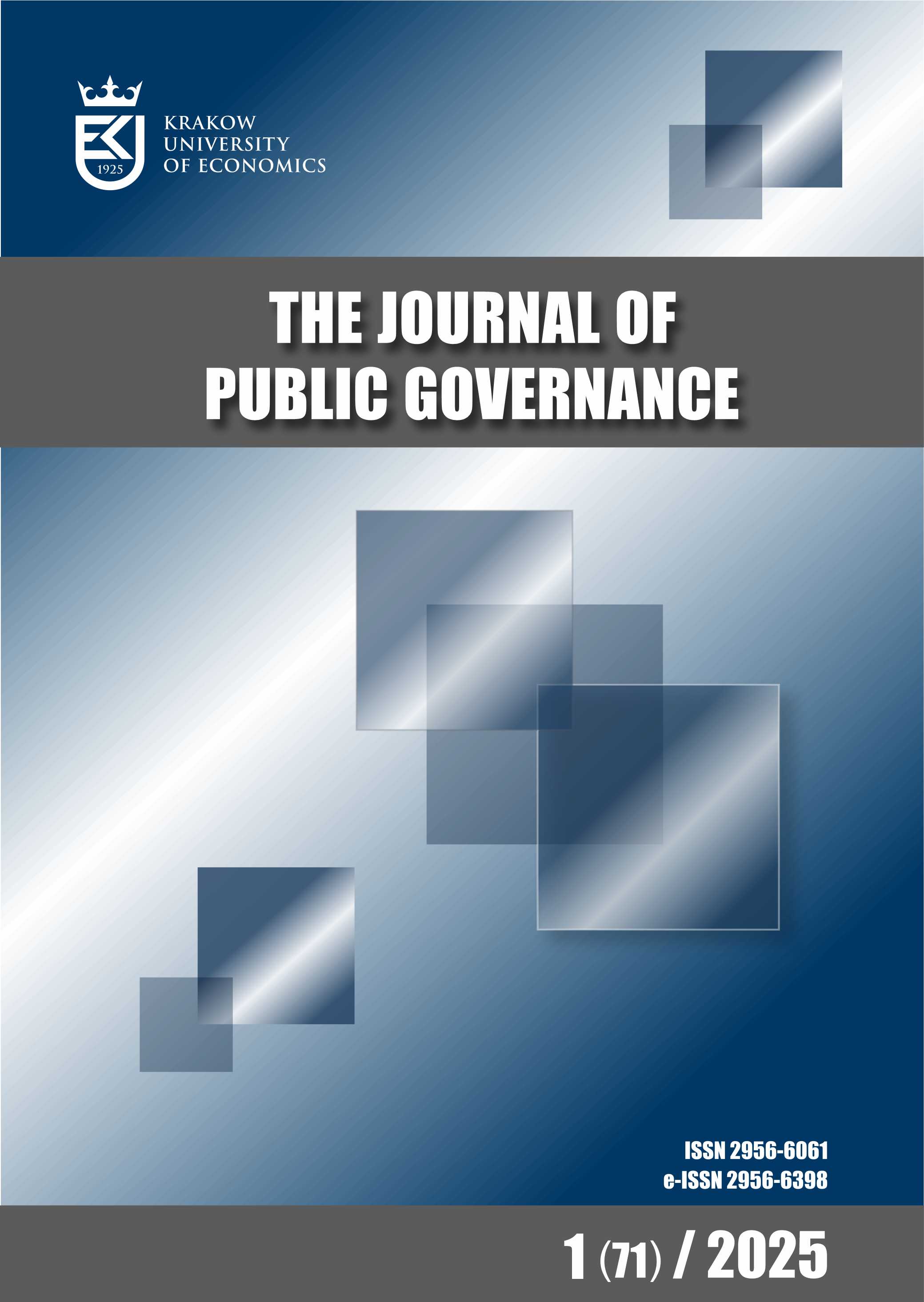Employing Supervisory Tools for Avoiding Unstable Lending Booms
Keywords:
financial stability, banking supervision, central banksAbstract
Th e paper underlines that behind the recent boom-bust cycles that occurred in a relatively large number of countries there was the prior massive entry of commercial banks on mortgage markets where they crowded out mortgage banks and building societies. This produced systemic risk resulting from the situation in which long-term mortgage loans begun to be funded with relatively short-term bank deposits. Th e risk was compounded by the rapidly growing use of short-term wholesale funding taken by banks from the global interbank money market. All this produced long-term booms on the mortgage markets in many countries. The pro-cyclical bank behavior was not contained by supervisors, due to the doctrinal belief that bank capital requirements (Basel II) were sufficient to cover bank potential losses. The
global banking crisis proved that this belief was unfounded. Th e experiences of the crisis illustrated that supervision tools should be used to contain the pro-cyclicality of bank credit. Th e paper underlines that central banks, due to their independence, should play a dominating role in deciding about using supervisory tools for preventing excessive rate of growth in credit that ould lead to unstable lending booms.



